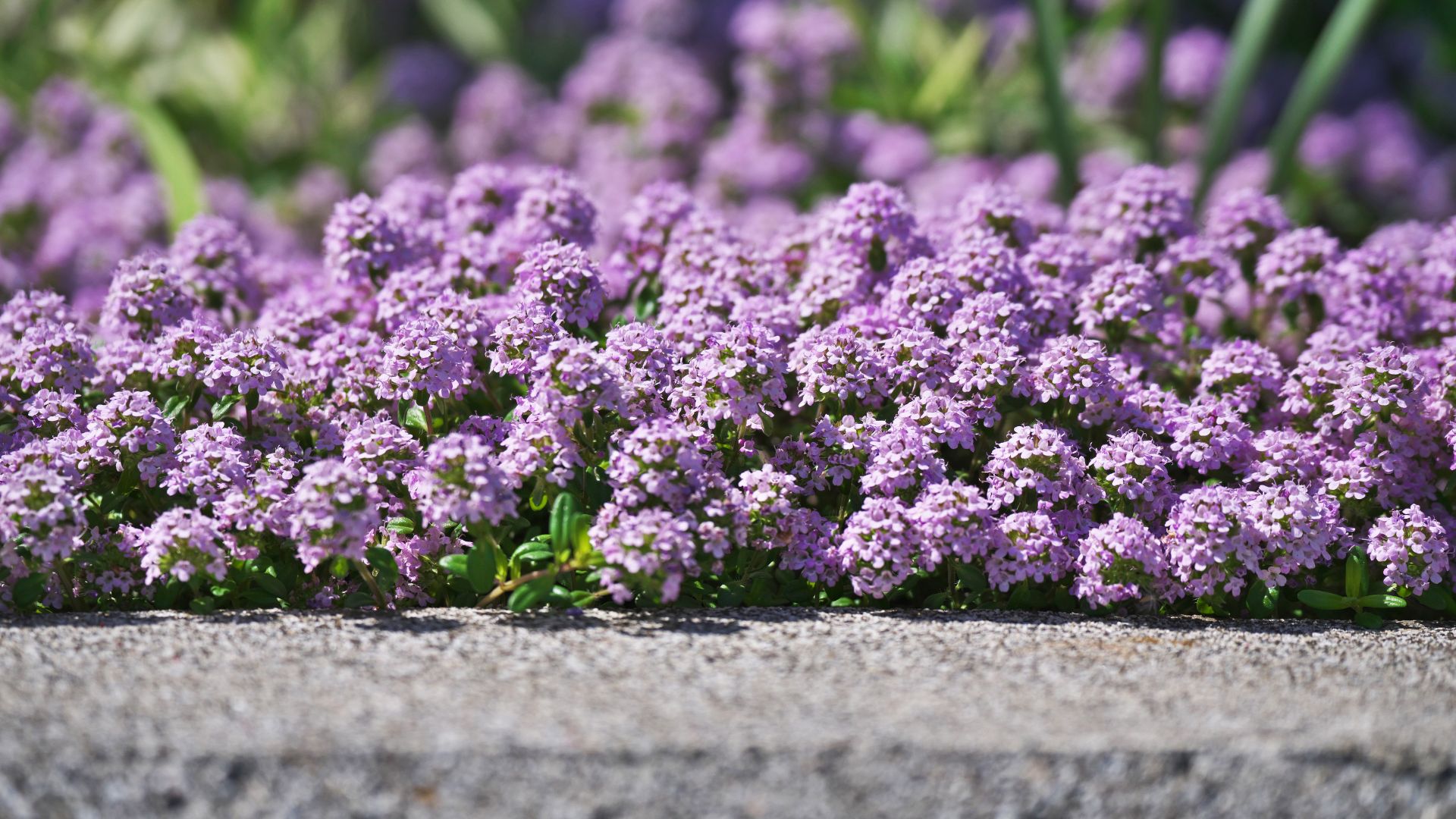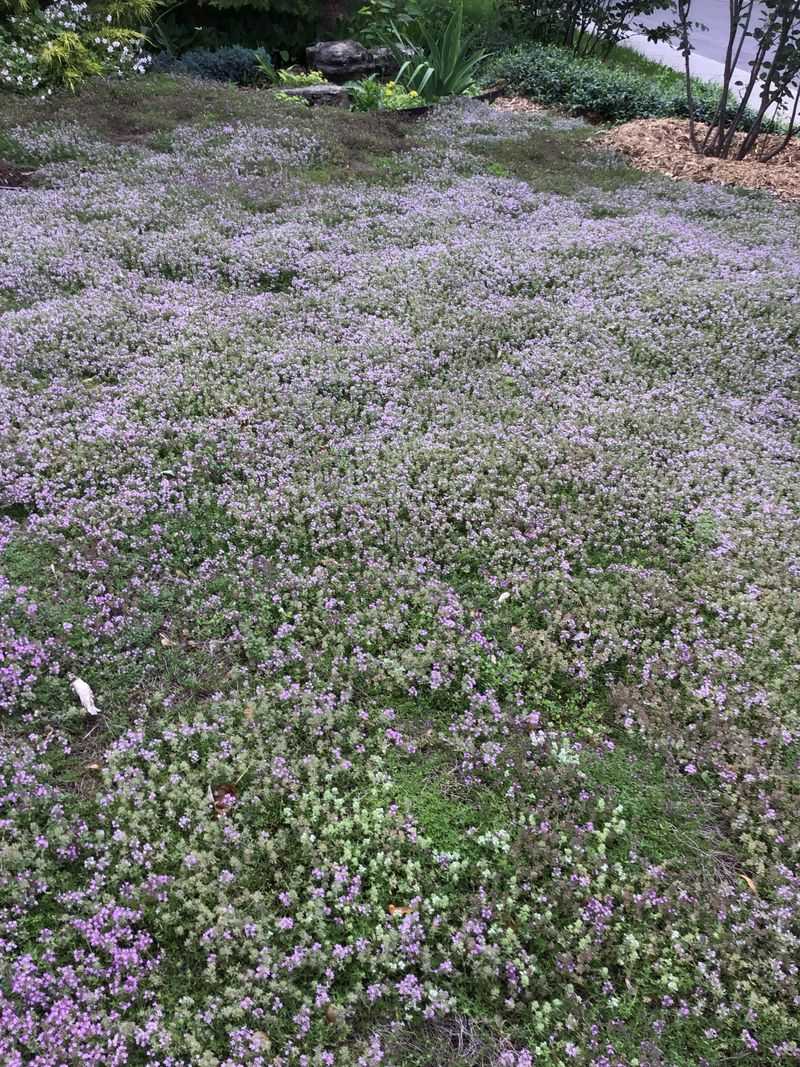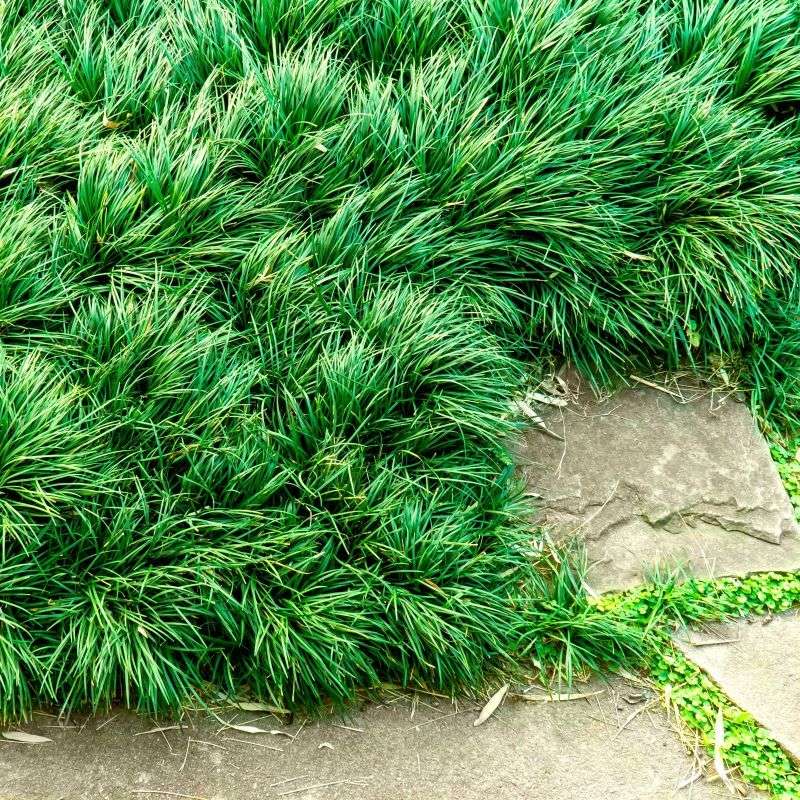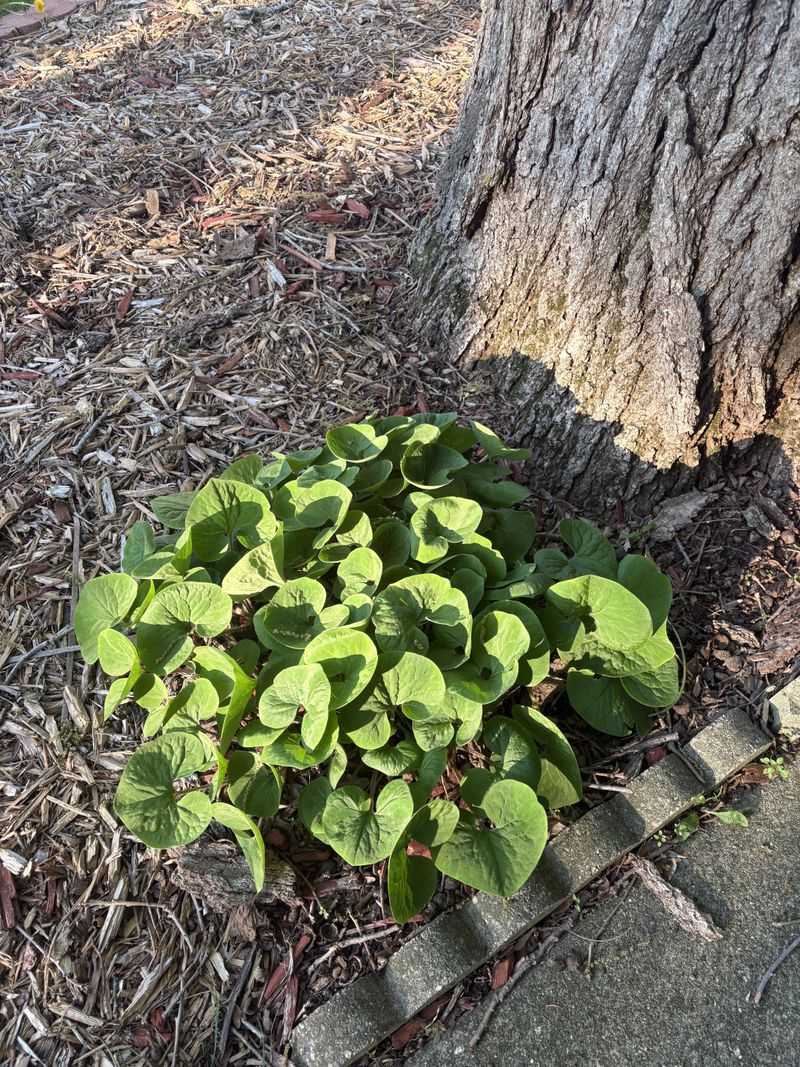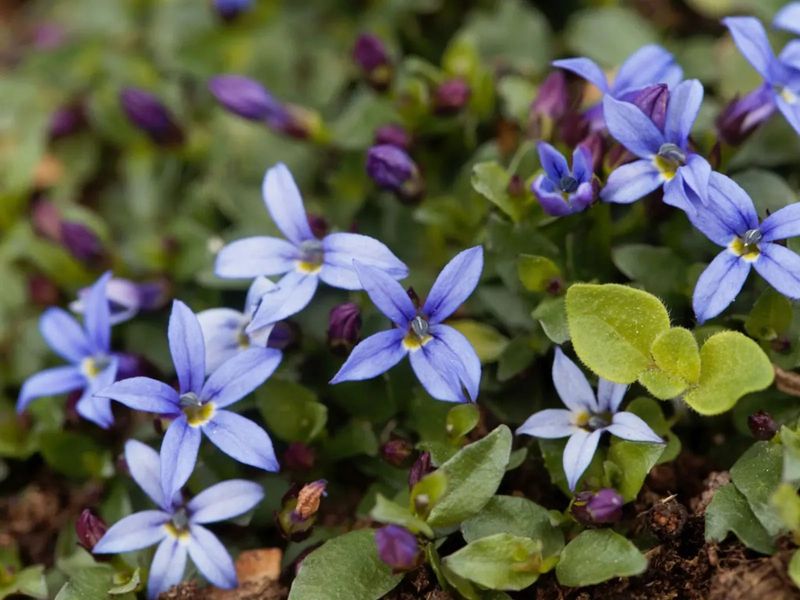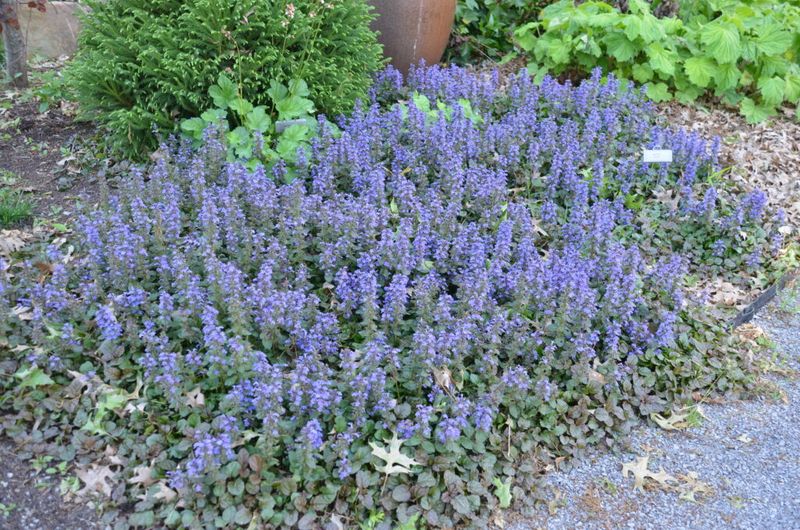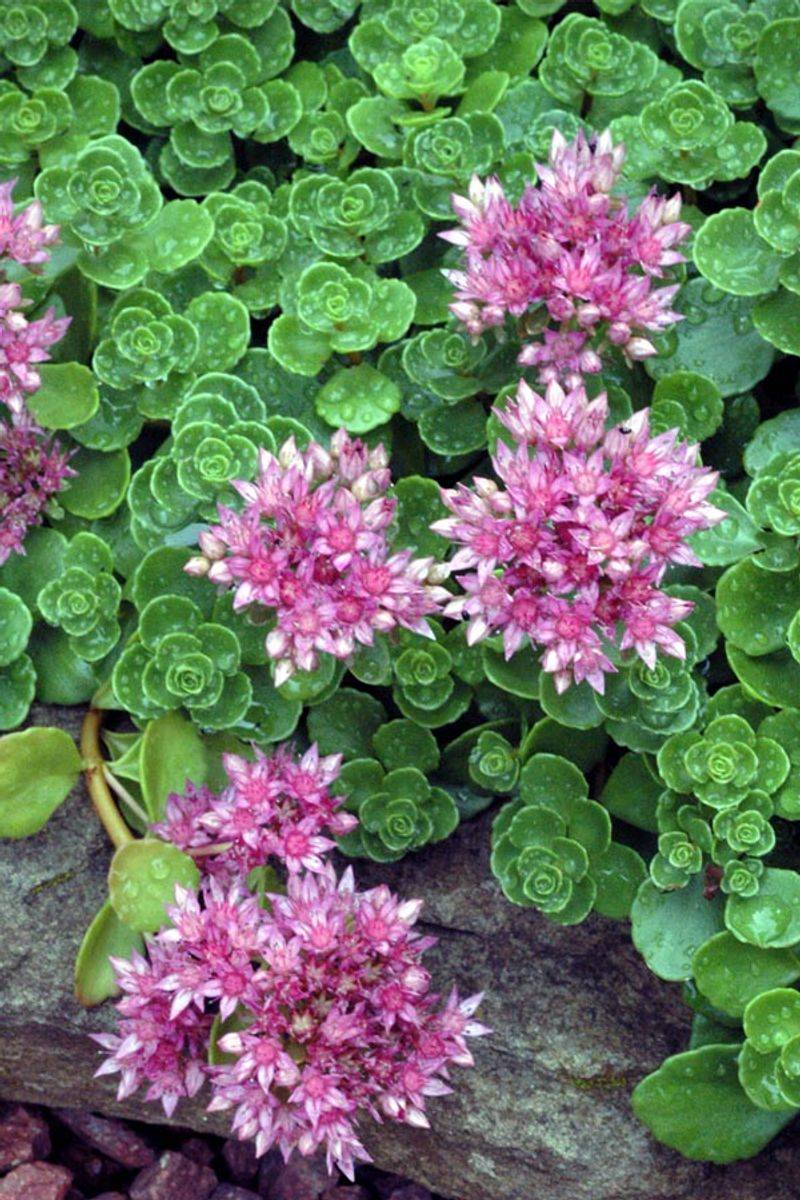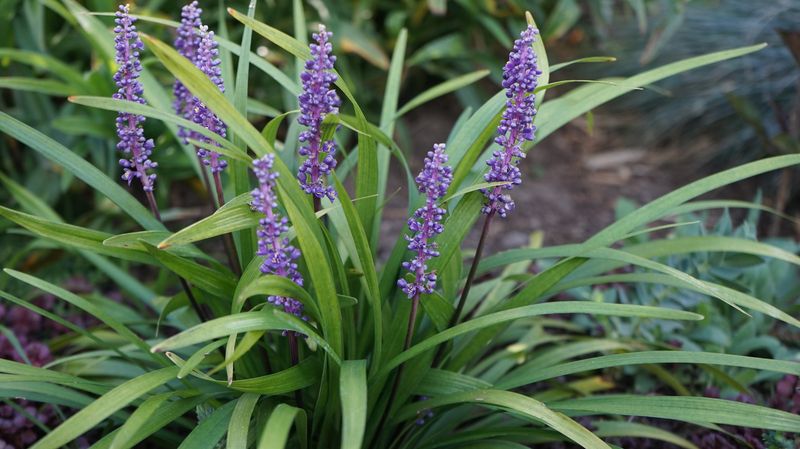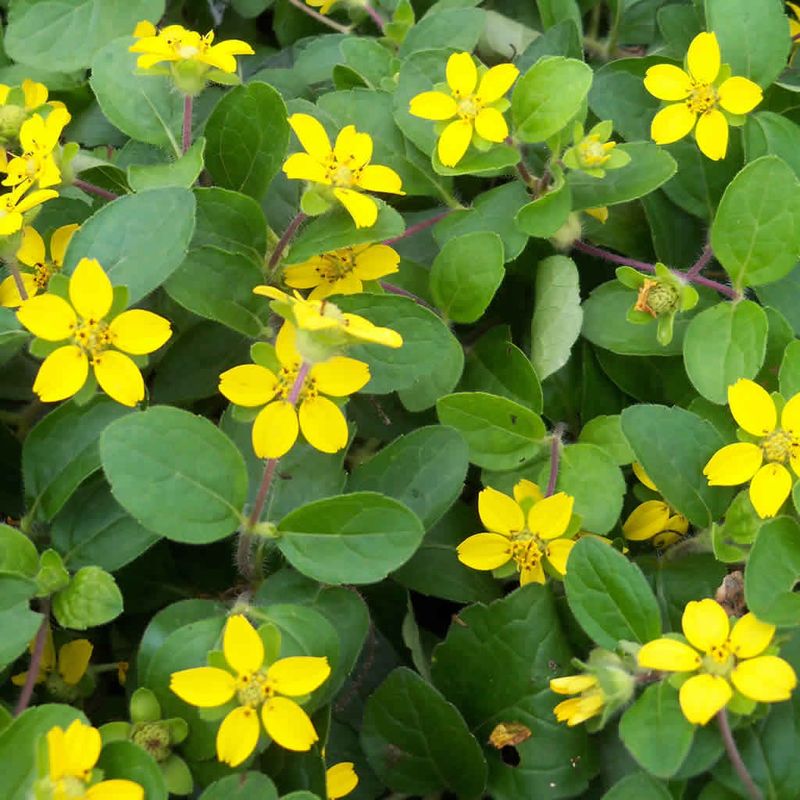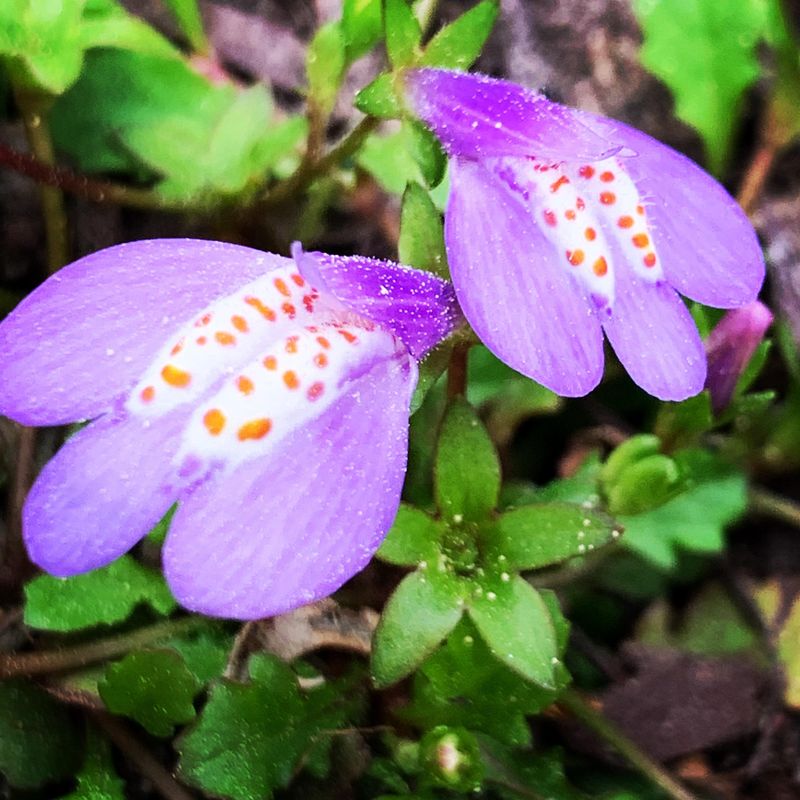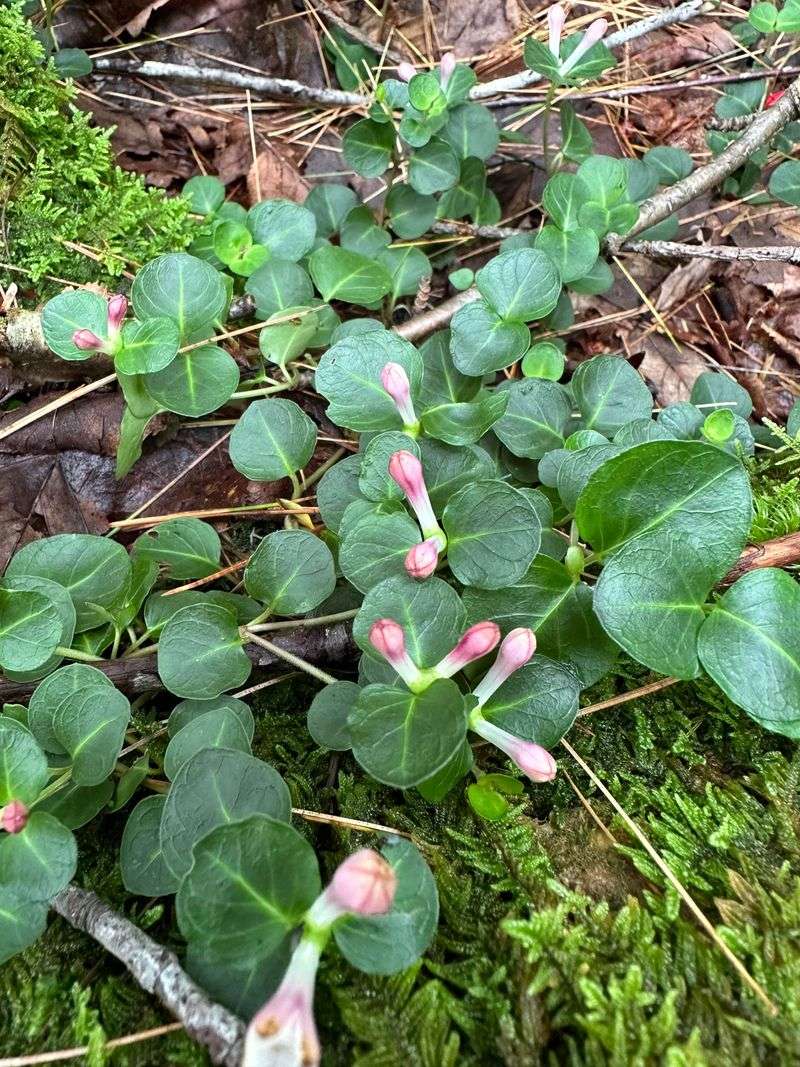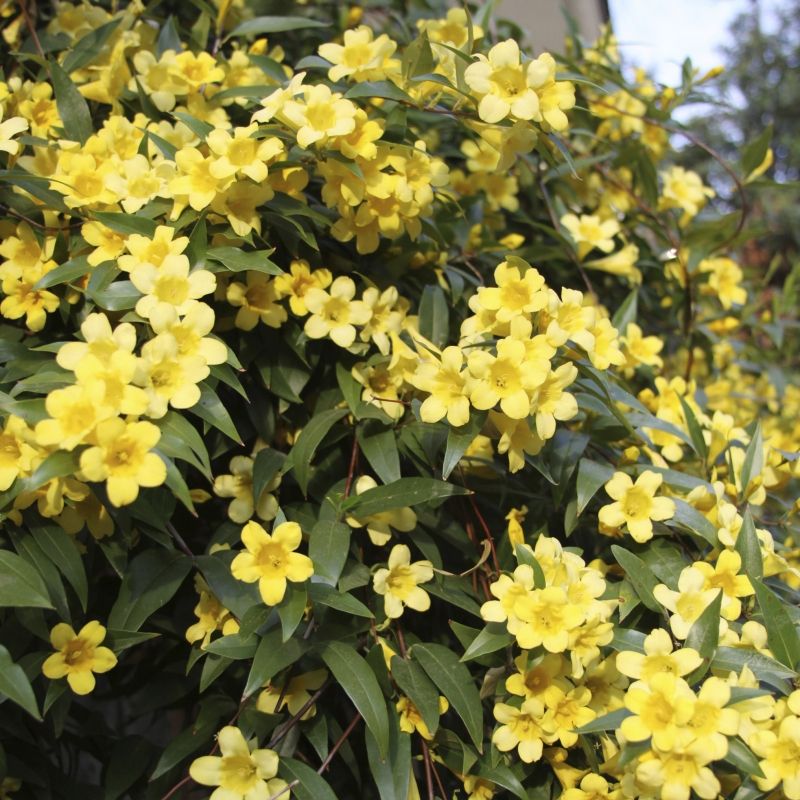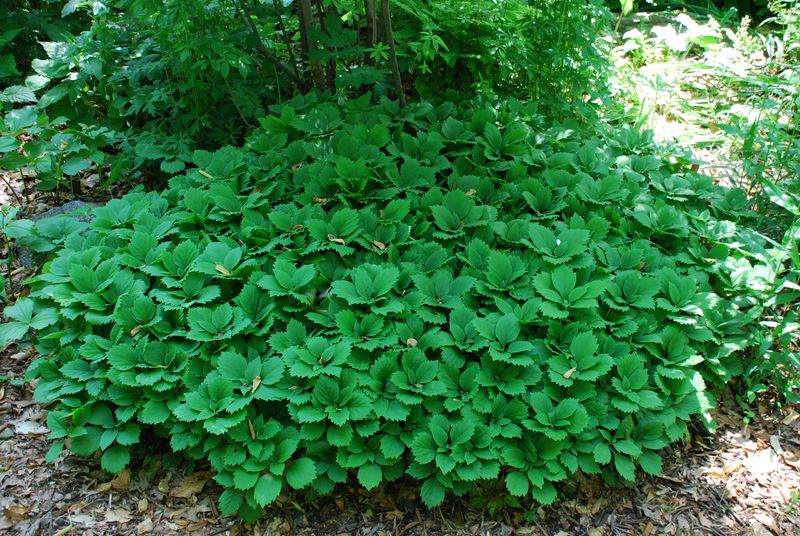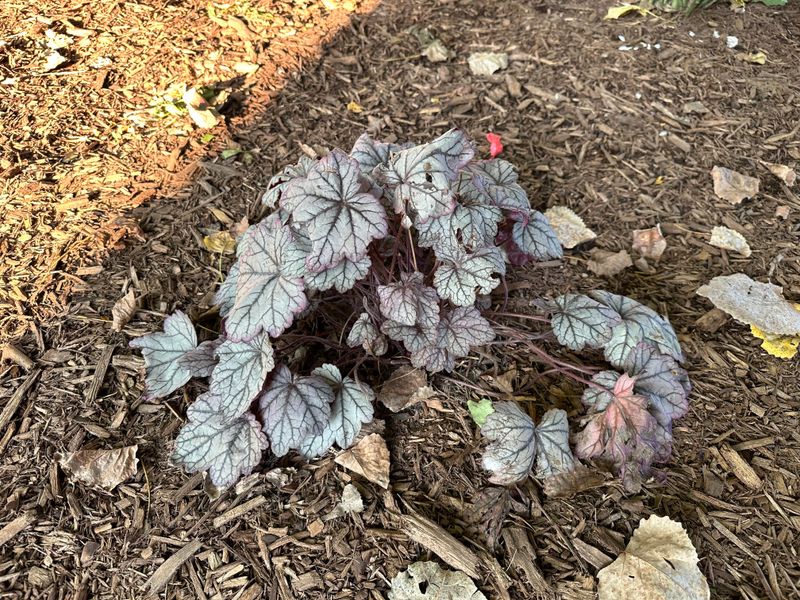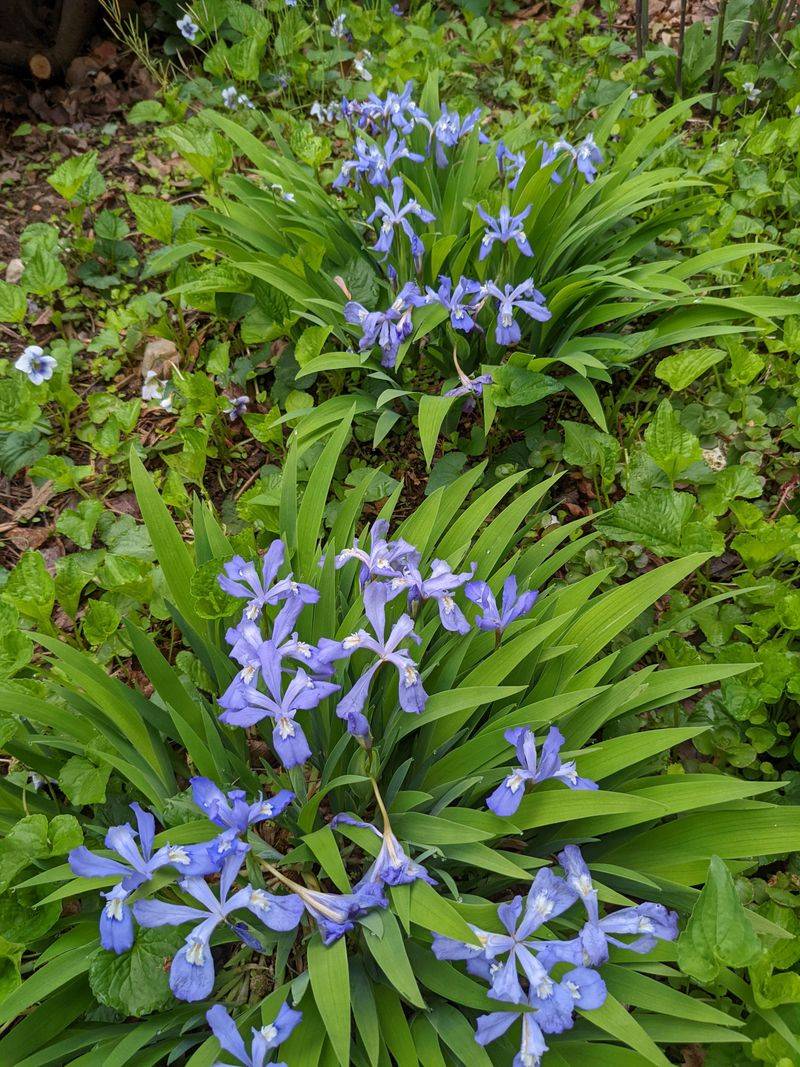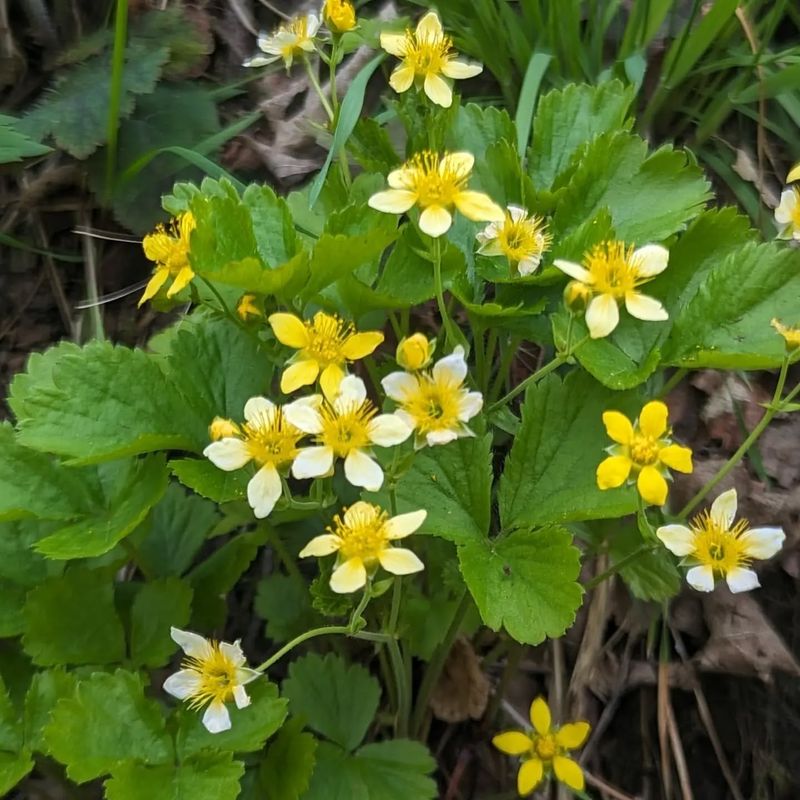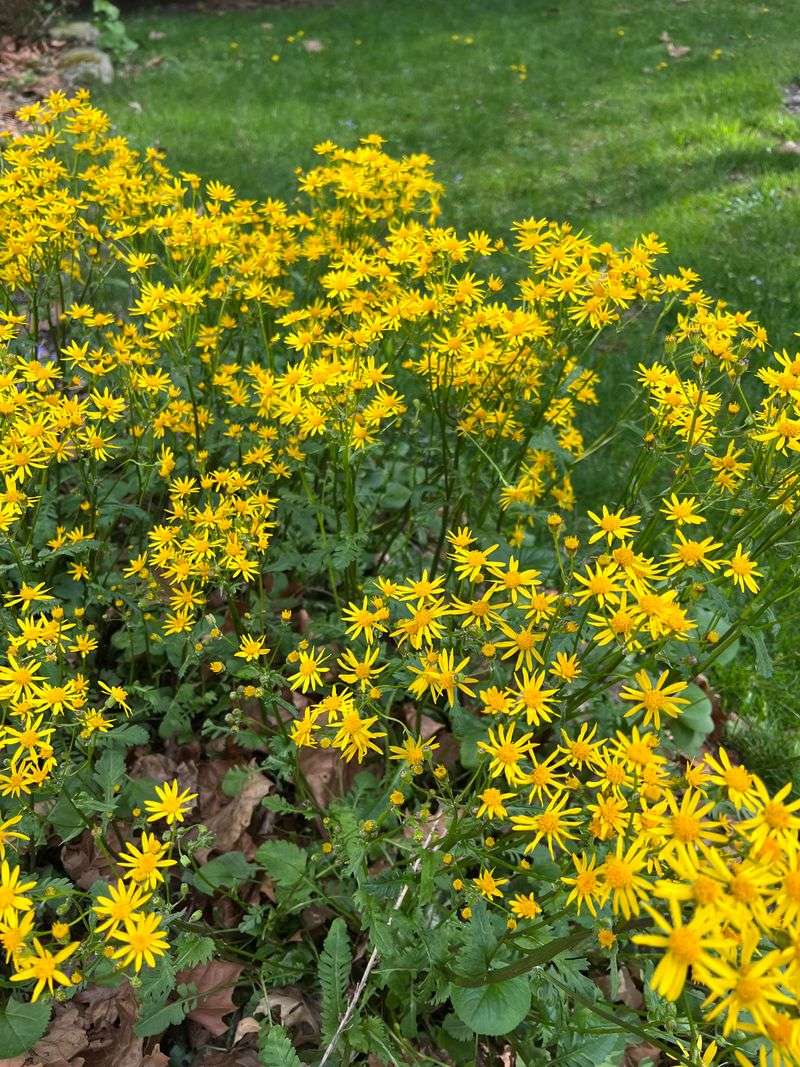Tired of constantly replacing mulch in your North Carolina yard? Ground covers offer a practical alternative that can save time, money, and enhance your landscape’s beauty. In our state’s humid summers and mild winters, traditional mulch often breaks down quickly or washes away during heavy rains.
In my own North Carolina garden, switching to living ground covers has dramatically reduced maintenance while creating a more natural ecosystem for beneficial insects. These ground cover options thrive in our specific climate conditions and soil types found throughout the Piedmont, coastal plains, and mountain regions.
From shade-loving perennials for under those massive oak trees to drought-resistant options for sunny spots, these ground covers will transform your yard into a low-maintenance haven. Let’s explore alternatives that work harder and last longer than traditional mulch ever could.
1. Creeping Thyme
Hardy and aromatic, creeping thyme forms a dense carpet that stands up to North Carolina’s summer heat without complaint. The tiny purple flowers attract pollinators while the pleasant scent releases when walked upon.
Unlike mulch, it prevents soil erosion on slopes and fills gaps between stepping stones beautifully. Drought-tolerant once established, it requires minimal watering even during our driest months.
2. Dwarf Mondo Grass
Shade gardens throughout North Carolina benefit from dwarf mondo grass’s tidy, clumping habit. Growing just 2-4 inches tall, this evergreen option creates a velvety carpet that requires zero mowing.
Cold winters in the western mountains or hot, humid summers along the coast won’t phase this tough performer. Many gardeners in Charlotte and Raleigh neighborhoods use it to replace struggling lawn areas under mature trees.
3. Wild Ginger
Native to our woodland areas, wild ginger offers heart-shaped leaves that create a natural-looking carpet in shady spots. The plant spreads slowly but surely, gradually filling in bare areas where other plants struggle.
Fall color adds seasonal interest as the leaves turn a warm golden hue. Perfectly adapted to our state’s acidic soils, wild ginger thrives without the amendments many non-natives require.
4. Blue Star Creeper
Delicate blue flowers dot this low-growing perennial from spring through summer, creating a meadow-like effect between stepping stones or along garden paths. The tiny star-shaped blooms appear by the hundreds, transforming bare soil into a flowering carpet.
Handles light foot traffic better than bark mulch ever could. Even in clay soils common around Durham and Chapel Hill, blue star creeper establishes quickly and spreads to fill bare spots.
5. Ajuga (Bugleweed)
Purple-bronze foliage adds dramatic color to garden beds year-round, making ajuga perfect for brightening shady areas. Spring brings spikes of blue flowers that rise above the foliage, attracting early-season pollinators.
Spreads by runners to form a dense mat that chokes out weeds better than any mulch. After growing ajuga under my large maple trees near Asheville, I haven’t pulled a weed in that area for years.
6. Moss
Natural moss thrives in North Carolina’s humid climate, creating a velvet-like carpet in shady spots where grass struggles. No mowing, fertilizing, or watering needed—just the occasional raking of fallen leaves.
Several native moss species grow naturally in our forests and adapt perfectly to home landscapes. Particularly useful in the mountain regions around Boone and Blowing Rock, moss creates a woodland garden feel without constant maintenance.
7. Sedum (Stonecrop)
Drought-tolerant sedum thrives in poor soil and full sun, making it perfect for those challenging spots in your yard. The succulent foliage comes in various colors from blue-green to burgundy, adding year-round interest.
Handles our hottest summer days without wilting. After establishing a patch in my rocky soil near Winston-Salem, it survived last summer’s drought while neighboring plants struggled.
8. Sweet Woodruff
Whorls of bright green leaves form a lush carpet beneath trees and shrubs, thriving in the dappled shade common in many North Carolina yards. Small white flowers appear in spring, adding a delicate beauty that bark mulch simply can’t match.
The slight vanilla scent of the foliage adds a sensory element to garden paths. Grows particularly well in the cooler mountain regions around Hendersonville and Brevard, where it spreads to form extensive colonies.
9. Liriope (Monkey Grass)
Fountains of grass-like foliage make liriope a favorite edging plant throughout North Carolina. Purple flower spikes emerge in late summer, followed by black berries that persist into winter.
Tolerates both sun and shade, adapting to various garden conditions. After planting liriope along my driveway in Greensboro, it has withstood everything from summer heat to road salt in winter without missing a beat.
10. Green-and-Gold
Native to North Carolina woodlands, this perennial ground cover sports bright yellow flowers above emerald foliage in spring. Semi-evergreen leaves provide winter interest when many other plants have disappeared.
Spreads gradually to form colonies but never becomes invasive. Perfect for transitional areas between woods and more formal gardens, especially in the Piedmont region around Charlotte and Raleigh where it occurs naturally.
11. Mazus
Low-growing mazus creates a dense mat only 2 inches tall but covered in purple-blue flowers in spring. The blooming display transforms bare spots into colorful carpets that suppress weeds effectively.
Handles light foot traffic and moderate drought once established. Growing between flagstones on my garden path near Wilmington, mazus has proven far more durable than I expected, bouncing back even after occasional foot traffic.
12. Partridgeberry
Native to North Carolina forests, partridgeberry features evergreen leaves with distinctive white veins and bright red berries that persist through winter. Growing only 2 inches tall, it spreads to form extensive mats in woodland settings.
Thrives in acidic soils under pine trees where many other plants struggle. The small red berries add winter interest and provide food for ground-feeding birds throughout our mild southern winters.
13. Carolina Jessamine
Fragrant yellow flowers cover this native vine in early spring, creating a spectacular display before many other plants have awakened. While technically a vine, when allowed to scramble along the ground, it forms an effective living mulch.
Evergreen foliage provides year-round coverage and erosion control. Along hillsides in Charlotte suburbs, Carolina jessamine prevents soil erosion while adding bright color to early spring landscapes.
14. Creeping Jenny
Chartreuse foliage brightens shady garden spots, creating a striking contrast against darker plants. The coin-shaped leaves form a dense mat that effectively suppresses weeds while adding visual interest.
Handles wet areas better than traditional mulch, which often floats away during heavy rains. Around pond edges and rain gardens in coastal Carolina, creeping Jenny thrives in conditions that would quickly decompose bark mulch.
15. Allegheny Spurge
Rosettes of leathery, evergreen leaves make this native pachysandra a standout in woodland gardens. White flower spikes emerge in early spring before tree canopies leaf out, adding seasonal interest.
Unlike Japanese pachysandra, this native species grows more slowly but fits perfectly into natural landscapes. Particularly effective in mountain gardens around Asheville, where it complements rhododendrons and native azaleas in acidic soils.
16. Coral Bells
Colorful foliage in shades of purple, bronze, and silver makes coral bells an eye-catching ground cover for partially shaded areas. Delicate flower stalks rise above the foliage, attracting hummingbirds throughout summer.
Newer varieties handle North Carolina’s humidity better than older selections. Planted in drifts beneath deciduous trees in my Durham garden, coral bells provide color even in winter when other perennials have disappeared.
17. Dwarf Crested Iris
Native to our mountain regions, this diminutive iris forms slowly expanding clumps of sword-shaped leaves. Lavender-blue flowers appear in spring, creating a woodland garden straight from a fairy tale.
Evergreen foliage provides year-round interest and weed suppression. After establishing a patch in my garden near Hickory, it has gradually spread to create a maintenance-free area that never needs mulching.
18. Foamflower
Maple-like leaves form attractive rosettes that spread slowly to create a woodland carpet. Airy white flower spikes rise above the foliage in spring, resembling foam floating above the ground.
Native to North Carolina’s mountains, foamflower thrives in the dappled shade of deciduous trees. The leaves often develop burgundy mottling in fall, adding seasonal color change that mulch simply cannot provide.
19. Barren Strawberry
Despite its name, this native plant offers plenty of garden appeal with yellow flowers in early spring and strawberry-like foliage year-round. Forms a dense, weed-suppressing mat that stays under 3 inches tall.
Drought-tolerant once established, making it perfect for sunny spots. After planting it in a difficult slope in my Raleigh yard, barren strawberry quickly took hold and prevented the soil erosion that was washing away mulch after every storm.
20. Golden Ragwort
Bright yellow daisy-like flowers create a sunny display in early spring above attractive evergreen foliage. Native to moist areas throughout North Carolina, golden ragwort spreads to form extensive colonies in favorable conditions.
Tolerates wet areas where mulch would quickly decompose. In my rain garden near Charlotte, golden ragwort has thrived for years, handling both seasonal flooding and occasional dry spells with equal resilience.

